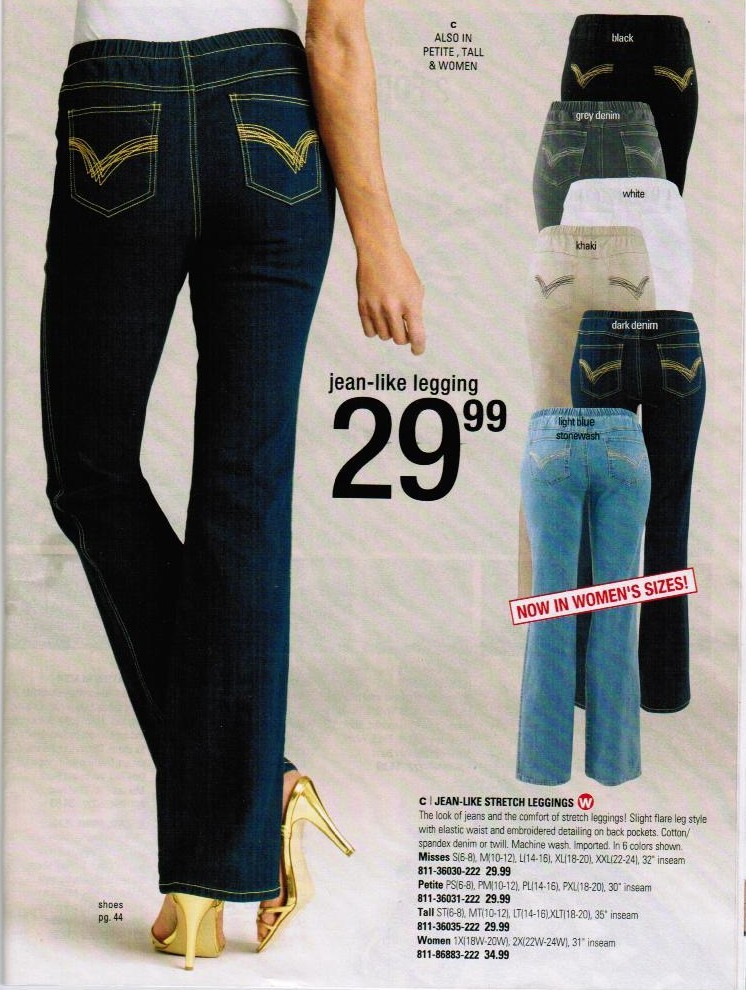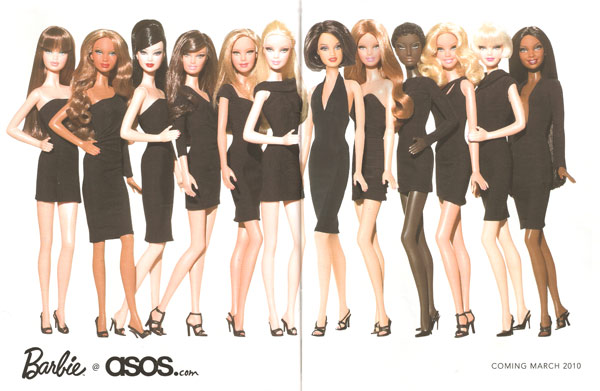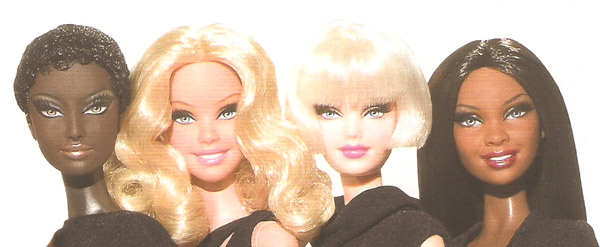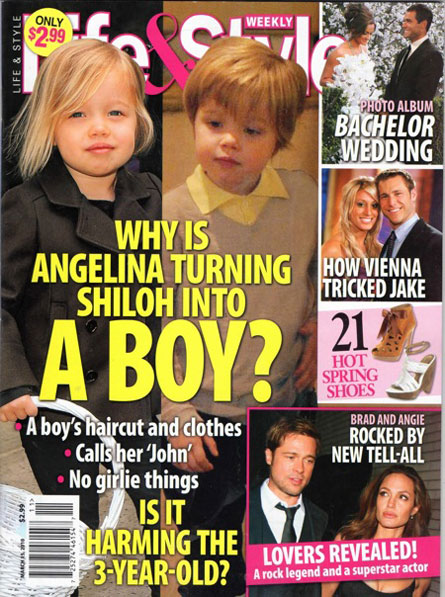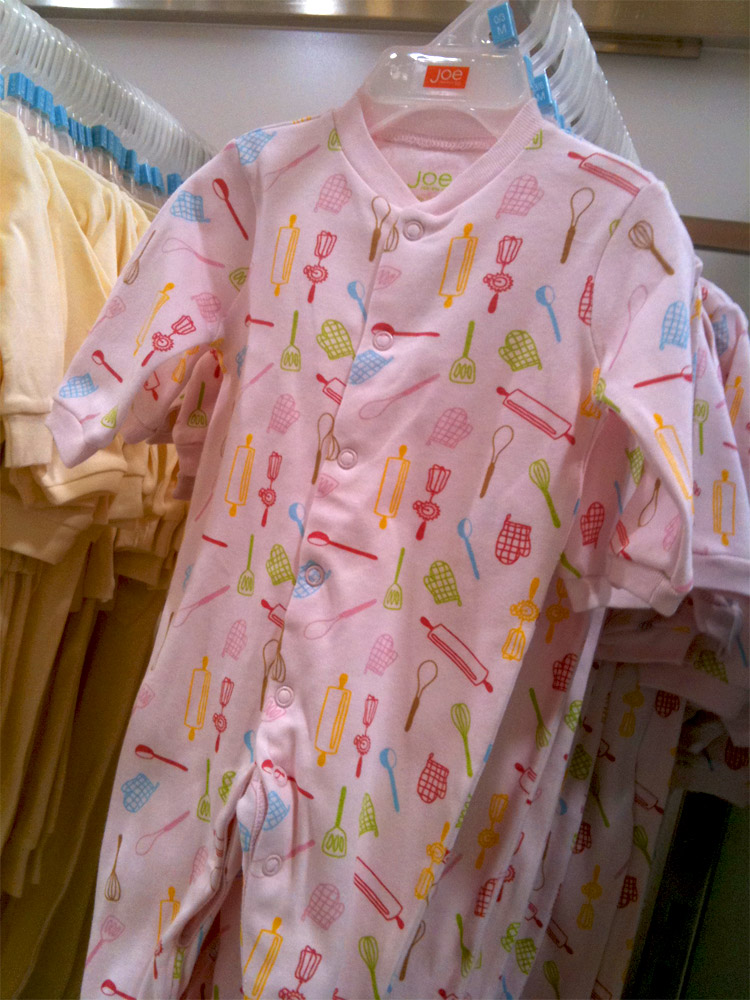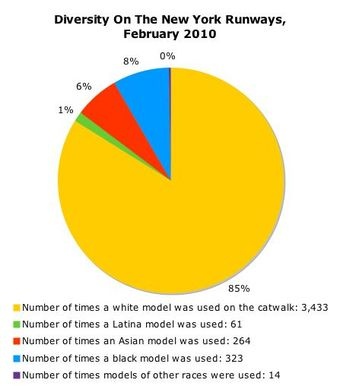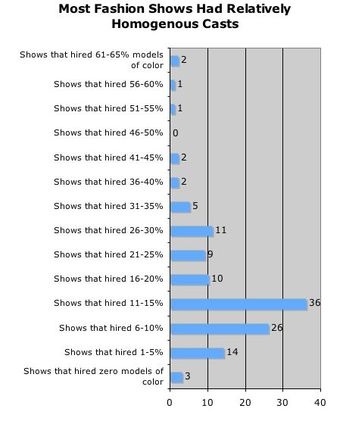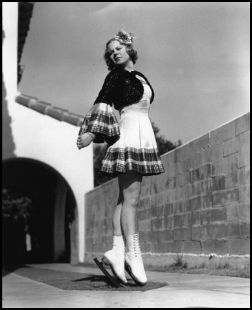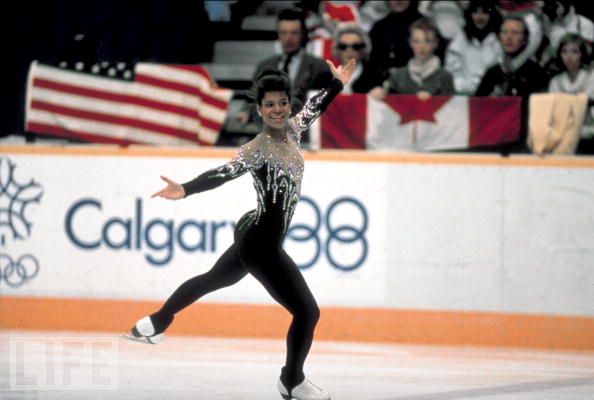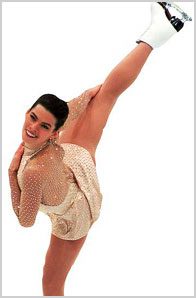Laura Malischke, a friend and lovely photographer, sent in an ad featuring “women’s sizes”:
The phrase “women’s” is perhaps the most common euphemism used in the U.S. (I’m not sure about elsewhere) to refer to clothes made for women who wear sizes 14 and up. What’s amazing about the term is what it implies about the “regular” sizes. If non-“women’s”-sized clothes are not for women, who are they for?
I’ll take hypotheses…
Lisa Wade, PhD is an Associate Professor at Tulane University. She is the author of American Hookup, a book about college sexual culture; a textbook about gender; and a forthcoming introductory text: Terrible Magnificent Sociology. You can follow her on Twitter and Instagram.

